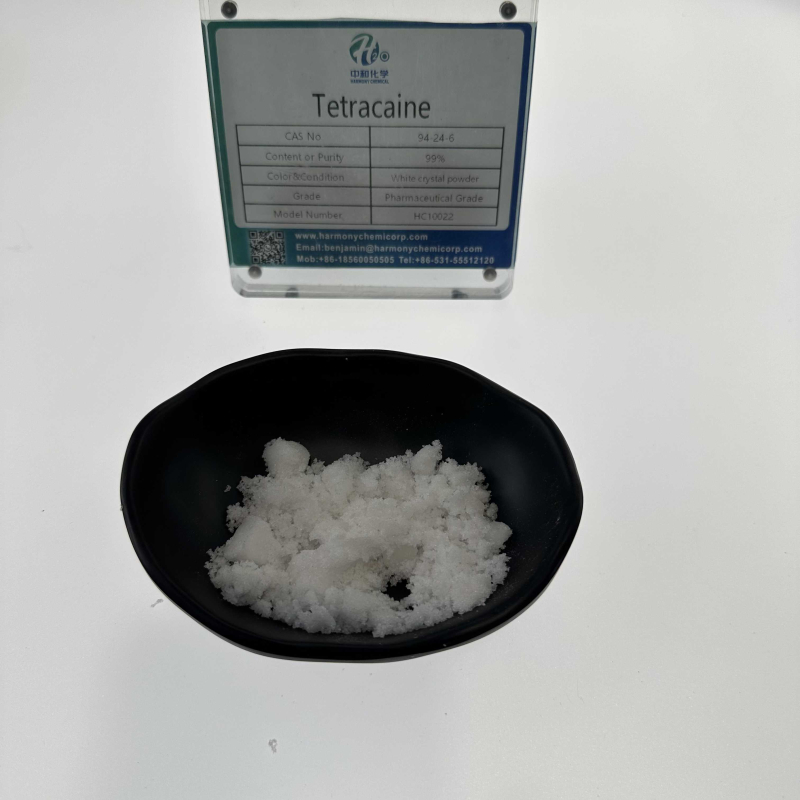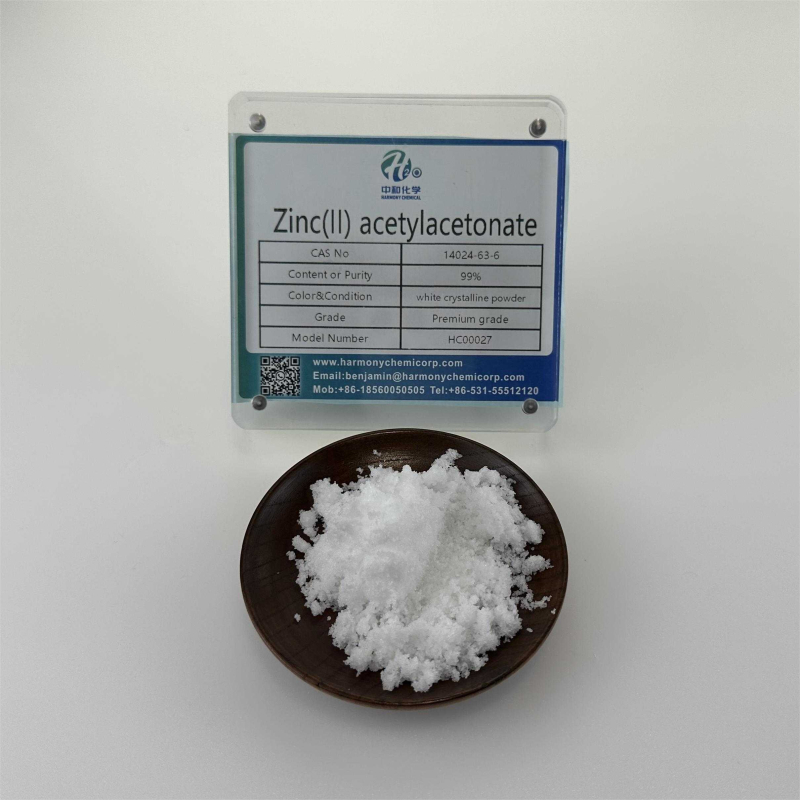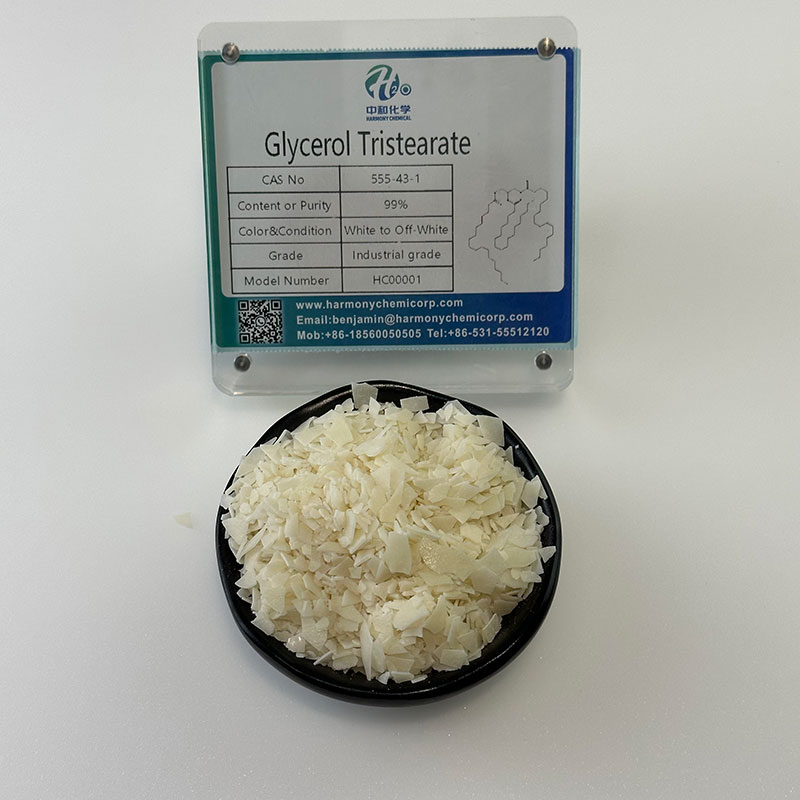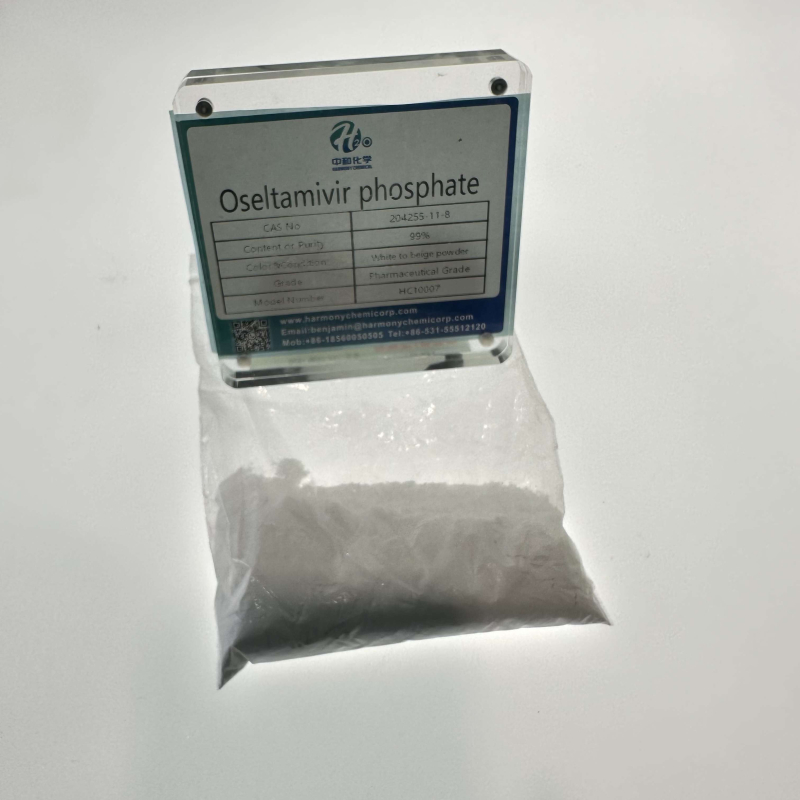name5-FluorouracilCAS NO51-21-8Molecular formulaC4H3FN2O2molecular weight130.08boiling point190-200°C/0.1mmHgdensity1.4593 (estimate)Storage conditions2-8°CsolubilityH2O: 10 mg/mL, clearformpowdercolourwhite
Contact Now
nameTetracaineCAS NO94-24-6Molecular formulaC15H24N2O2molecular weight264.36melting point41.0 to 45.0 °Cboiling point407.59°C (rough estimate)Storage conditions2-8°CAcidity coefficientpKa 8.33±0.03(H2O
t = 20.0
I = 0.10 (KCl)) (Uncertain)formpowder to crystalcolourWhite to Almost whiteIntroduction: Dicaine is a white crystalline or crystalline powder, odorless, slightly bitter in taste, and has a tingling sensation. Soluble in water, soluble in ethanol, insoluble in ether or benzene.
Contact Now
Manganese carbonate, additionally acknowledged as manganese carbonate, has the chemical components MnCo3. Molecular weight 114.95. White hexagonal crystal or rose purple crystal. Specific gravity 3.125. Difficult to dissolve in water, soluble in dilute acids. Decompose in boiling water. At a hundred ℃, it decomposes into carbon dioxide and manganese oxide, and above 330 ℃, it decomposes to launch carbon dioxide and carbon monoxide. Roasting in air produces manganese trioxide. Roasting in oxygen generates manganese trioxide.
Contact Now
Epidural AdministrationofRopivacainehydrochloride monohydrate effectivelyblockneuroethicpain(bothmechanicalallodyniaandheathyperalgesia)withoutinductionfanalgesictoleranceandsignificantlydelaystheevelopment ofneuropathicpain producedbyperipheral nervenjury.Ropivacainehydrochloride inhibitionpressure-inducedincreasesinfiltrationcoefficient(Kf)withoutaffectingpulmonaryarterypressure (Ppa), Pulmonary capillary pressures(Ppc),andzonalcharacteristics(ZC).Ropivacaine hydrochloride monohydrate preventspressure-induced lungedemansociatedhyperpermeability yasevidencebymaintainingPaO2,lungwet-to-dryrati
Contact Now
nameDapoxetine hydrochlorideCAS NO129938-20-1Molecular formulaC21H24ClNOmolecular weight341.88melting point175-1790CStorage conditionsroom tempformpowdercolourwhitesolubilityDMSO: ≥20mg/mL
Contact Now
Density: 1.10g/cm3Melting point: 107-108 ℃Steam pressure: 49.8mm Hg at 25 ° CAppearance: Orange crimson crystalline powderSolubility: without difficulty soluble in water and ethanol, nearly insoluble in targeted nitric acidAmmonium cerium nitrate (abbreviated as CAN) is a robust oxidant with enhanced oxidizing homes underneath acidic conditions, 2nd solely to F2, XeO3, Ag2+, O3, and HN3.
Contact Now
Melting point27 ° CBoiling point157 ° CDensity1.17g/mLat25 ° CRefractive index n20/D1.405SolubilityMethanol (Slightly, HeaChemicalbooked), Water (Slightly)FormSolidColorWhitetoOff WhiteWater solubility>=10g/100mLat20 º CThis compound is a white crystalline powder with a petroleum like odor, flammable, and prone to moisture. It can be produced by means of sulfonation of xylene and neutralization with liquid alkali. Widely used as an auxiliary agent in the manufacturing of each day washing products.
Contact Now
Zirconium acetate (liquid), a colorless obvious liquid organized by way of the response of zirconium oxychloride and sodium carbonate. Widely used in industries such as medicine, cosmetics, electronics, ceramics, paint, glass, etc.Density1.279g/mLat25 ° CFormliquidWater solubility931g/Lat20 ℃InchiKeyMFFVROSEPLMJAP-UHFFFFAOYSA-JCAS datalibrary 7585-20-8 (CASDataBaseReference)EPA Chemical InformationAceticacid, Zirconiumsalt (1:?) (7585-20-8)
Contact Now
Density1.13 [at 20 ℃]Vapor pressure0.317Paat25 ℃FormViscousLiquidColorGreenWater solubilityIn soluble in waterExposure limitNIOSH: IDLH10mg/m3; TWA0.015mg/m3Nickel naphthenate is an natural compound with the chemical formulation of C22H14NiO4. It is normally used as paint drier, timber preservative, water resistant agent for fabrics, insecticide and bactericide.
Contact Now
nameTriisobutyl phosphateCAS NO126-71-6Molecular formulaC12H27O4Pmolecular weightv266.31boiling point~205 °Cdensity0.965 g/mL at 20 °CStorage conditionsStore below +30°C.solubility0.26g/lformOilcolourColourless
Contact Now
nameL-ProlinamideCAS NO7531-52-4Molecular formulaC5H10N2Omelting point95-97 °Cboiling point213.66°C (rough estimate)refractivity1.4720 (estimate)Storage conditionsKeep in dark place,Inert atmosphere,Room temperaturesolubilityChloroform (Slightly), Methanol (Slightly)formPowder or GranulescolourWhite
Contact Now
nameAdmireCAS NO105827-78-9Molecular formulaC9H10ClN5O2molecular weight255.66melting point136-144°Cdensity1.542formWhite crystallineVapor pressure2×10-7Pa (20℃)
Contact Now
Physicochemical properties: Acetylacetone zinc is a white powder with a attribute odor, secure properties, and convenient to react with oxidants. Melting factor 129-133 ℃. Easily soluble in methanol.Acetylacetone zinc can be used as an additive, inclusive of halogenated polymers, mainly polyvinyl chloride. It is the most usually used warmness stabilizer in the method of agents, and is additionally used as a catalyst.
Contact Now
namePropitocaine hydrochlorideCAS NO1786-81-8Molecular formulaC13H21ClN2Omolecular weight256.77melting point168-170°CStorage conditions2-8°CsolubilityFreely soluble in water and in ethanol (96 per cent), very slightly soluble in acetoneformneatcolourWhite to Off-WhitePrilocaine hydrochloride is a kind of local anesthetic of aminoamide. Pirocaine is commonly used in dentistry. Procaine is also often used in combination with Lidocaine as a preparation for skin anesthesia (Lidocaine/Procaine or EMLA) to treat sensory abnormalities and other conditions.
Contact Now
AKD wax: Currently, the manufacturing of AKD wax can be non-toxic, wastewater free, odorless, and pollution-free. Obtained country wide patents for manufacturing the usage of solvent free method. Liquid AKD wax can additionally resolve the hassle of paper slipping.
Contact Now
name3-Amino-1-hydroxyadamantaneCAS NO702-82-9Molecular formulaC10H17NOmelting point265 °Cboiling point266.8±23.0 °C(Predicted)density1.252±0.06 g/cm3(Predicted)Storage conditionsKeep in dark place,Inert atmosphere,Room temperaturesolubilityDMSO (Slightly), Methanol (Slightly)formCrystalline PowdercolourWhite to yellow
Contact Now
CAS NO153-94-6Molecular formulaC11H12N2O2melting point282-285 °Cboiling point342.72°CStorage conditionsKeep in dark place,Inert atmosphere,Room temperatureformPowdercolourWhite to slightly yellowSOLUBLE11 g/L (20 ºC)stabilityStable. Incompatible with oxidizing agents.Characteristics and Functions D-neneneba tryptophan, as a non protein energetic amino acid, has specific physiological properties. It can be used as a non dietary sweetener, feed additive, and plant increase agent in the meals and feed enterprise and agriculture.
Contact Now
ApplicationsGlyceryl tristearate is an ester derivative, which can be used as food emulsifier, brightener, greasing agent, lubricant, defoamer, and also in various cosmetics.ToxicityIt is safe within the limits mentioned above (FDA, 2000).Use limitAs a crystallization catalyst for cocoa butter 1%; as a molding aid 0.5% to 3%; as a winterizing treatment agent for fats and oils 0.5% (FDA §172.811, 2000). Can be used as gum gum-based substance (GBChemicalbook2760-96).Chemical propertiesColorless crystal or powder. Odorless. Slightly sweet. Relative density (d480) 0.862.
Contact Now
Mercaptopropionic acid is an organic compound with the chemical formula C3H6O2S. It is a transparent liquid with a strong sulfide odor, foul odor, and toxicity.
Contact Now
CAS NO90-15-3Molecular formulaC10H8Omelting point94-96 °Cboiling point278-280 °Cdensity1.224flash point125 °CStorage conditionsStore below +30°CsolubilitySoluble in benzene, chloroform, ether and ethanol.formCrystalline Flakescolourwhite to off-white
Contact Now
Prilocaine is an amide type close by anesthetic. Its anesthetic depth and pace are similar to Lidocaine, alternatively its size is prolonged and its vasodilation have an impact on is weak. The toxicity is limit than lidocaine. Clinically used for close by anesthesia, specially fantastic for victims who hold away from the utilization of adrenaline.namePrilocaineCAS NO721-50-6Molecular formulaC13H20N2Omelting point37-38°boiling pointbp0.1 159-162°density1.0117 (rough estimate)refractivitynD20 1.5298Storage conditions2-8°CformCrystalline powderSOLUBLE6.169g/L(25 ºC)
Contact Now
nameEntrectinibCAS NO1108743-60-7Molecular formulaC31H34F2N6O2molecular weight560.64boiling point717.5±60.0 °C(Predicted)density1.340±0.06 g/cm3(Predicted)Storage conditionsStore at -20°Csolubilityinsoluble in H2OAcidity coefficient (pKa)12.01±0.43(Predicted)formsolid
Contact Now
nameEsmolol hydrochlorideCAS NO81161-17-3Molecular formulaC16H26ClNO4molecular weight331.83melting point48-50°Cdensity1.026Storage conditions−20°CsolubilityH2O: soluble12mg/mLformbuffered aqueous solutioncolourWhite to Off-White
Contact Now
CAS NO204255-11-8Molecular formulaC16H31N2O8Pmelting point196-198°CsolubilityH2O: soluble30mg/mLformpowdercolourwhite to beigeSOLUBLESoluble in water (75 mM)optical activity[α]/D -26 to -36°, c = 1 in H2OPharmacological motion Oseltamivir phosphate is the drug precursor of its Active metabolite, and its Active metabolite (Oseltamivir Carboxylate) is a selective influenza virus Neuraminidase inhibitor. Neuraminidase is a glycoprotein on the floor of viruses.
Contact Now




























